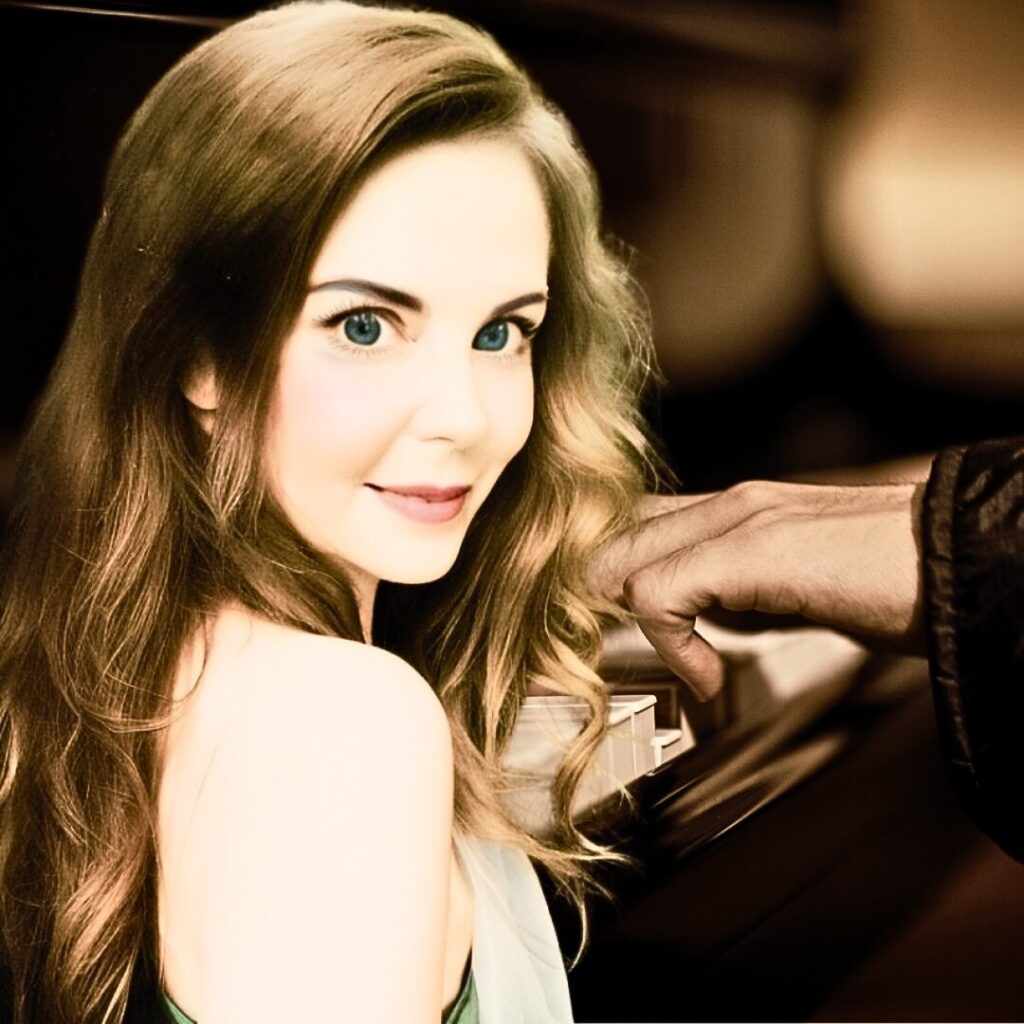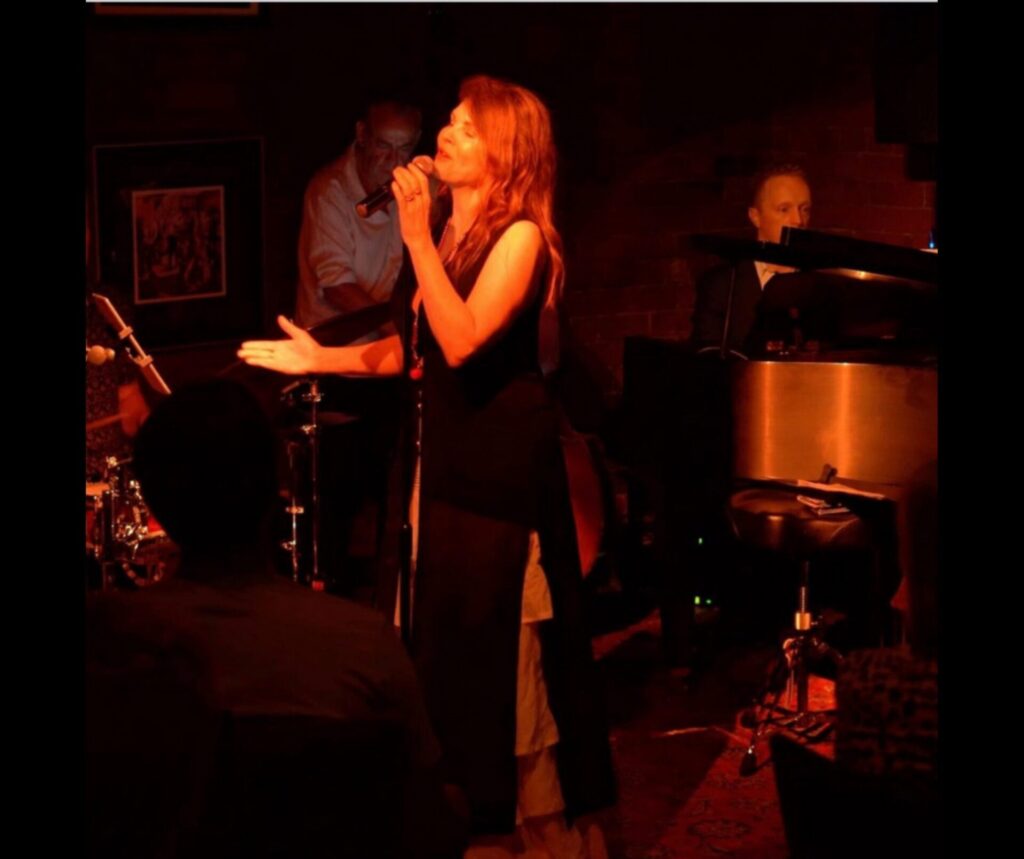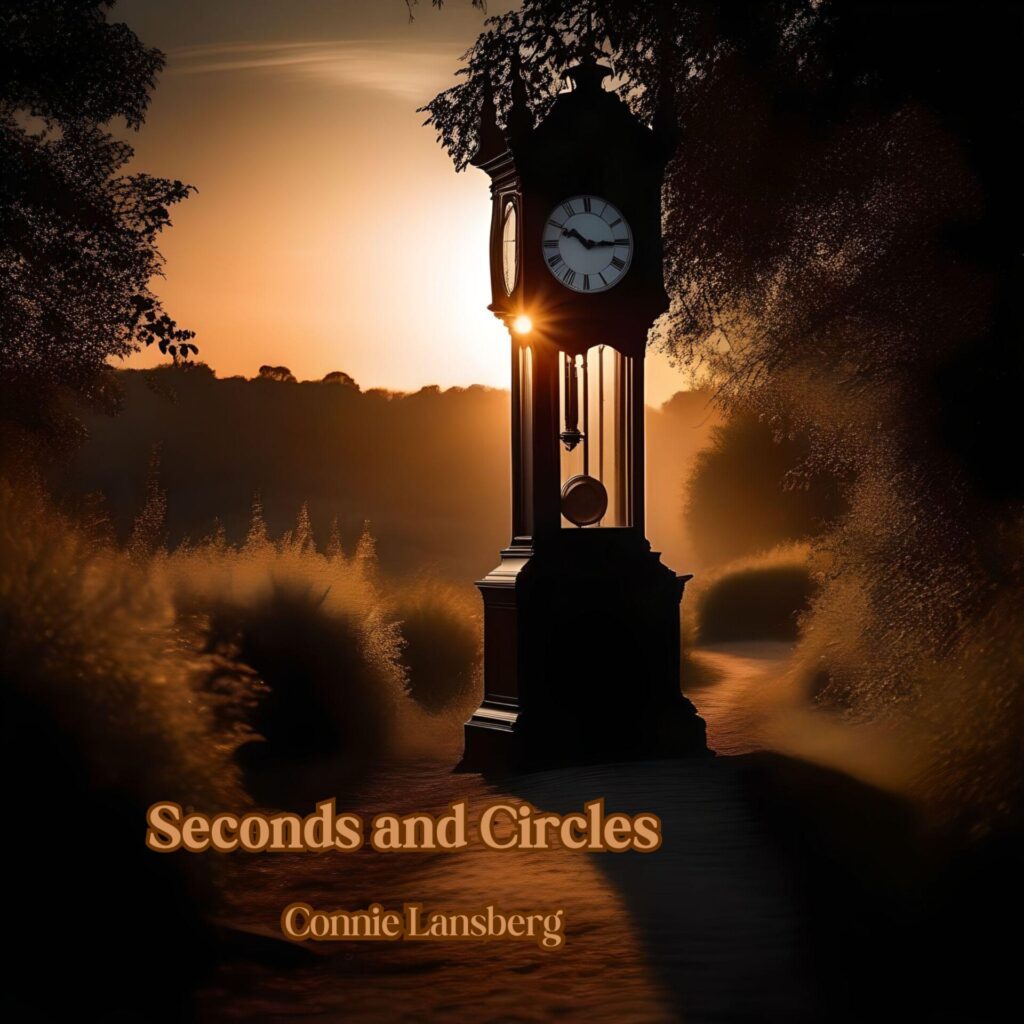The most recent song from Melbourne-based Connie Lansberg is titled “Seconds and Circles.” Australia’s most streamed jazz artist and the creator of Transformational Entertainment™ where jazz is used as a scalpel to dislodge stuck energy from the listener’s emotional body, easily and gently. Connie’s music is the opposite of musical clutter, according to her pianist and co-writer on this lovely waltz, Mark Fitzgibbon: “genuine works of art fearlessly embracing authenticity.” Check out the exclusive interview below:

1. Can you tell us a bit about where you come from and how it all got started?
Connie Lansberg: I was born in The San Fernando Valley, but took myself off to London to go to school, then immigrated to Australia where I stayed. I was studying acting and did well in England, but when I got to Australia I fell into music and writing which I find far more fulfilling. I write books and scripts as well as songs so there’s never a dull moment.
2. Did you have any formal training or are you self-taught?
Connie Lansberg: Musically, like a lot of kids, I played an instrument, mine was the flute. But I would get so scared playing in front of people that I couldn’t control my breath. However, when I picked up the guitar and taught myself simple chords, I had no problem singing in front of anyone. I’ve taken lessons in everything I do because I like being taught things and natural talent can only go so far. I use great editors to help with my books, I use Mark Baxter’s internet videos to practice my singing and I make myself write a song a week to hone my skills. I put consistent effort into everything I do creatively.
3. Who were your first and strongest musical influences and why the name ‘Connie Lansberg?
Connie Lansberg: My mother listened to Simon and Garfunkel and I loved them. Their voices were amazing and the songwriting was lierary and story based which I love. Connie Lansberg is my name and I don’t want to be any one but me.
4. What do you feel are the key elements in your music that should resonate with listeners, and how would you personally describe your sound?
Connie Lansberg: My listeners are sophisticated and musically adventurous which can happen at any age. I work with very talented jazz musicians which was an early choice and subsequently shaped my songwriting. I can tell stories my way without having to bow toa formula and yet, I have an innate sense of melody and lyric that makes my songs very singable. I want people to sing the songs and enjoy great playing at the same time. Because I’m a writer and because I’m not locked into pop formula’s, my songs need to be listened to more than once to be fully appreciated on the all levels.

5. With social media having a heavy impact on our lives and the music business in general, how do you handle criticism, haters, and/or naysayers in general? Is it something you pay attention to, or simply ignore?
Connie Lansberg:
truthfully, I get nothing but love. I just think, congruency and authenticity can’t be messed with. I am fearless when it comes to being myself. I think that’s my real talent.🤣
6. Do you think is it important for fans of your music to understand the real story and message driving each of your songs, or do you think everyone should be free to interpret your songs in their own personal way?
Connie Lansberg:
It is none of my business how people want to interpret my work. That is not something I want to, nor should I control. That’s the beauty of being an artist. Every single person could have a different interpretation and they would all be right.
7. For most artists, originality is first preceded by a phase of learning and, often, emulating others. What was this like for you? How would you describe your own development as an artist and music maker, and the transition towards your own style, which is known as POP?
Connie Lansberg:
My style is jazz. I am the antithesis of pop. I use real drums, double bass and piano. Name me one “pop” song that does that. My main thing is lyrics. They flow and I never stop that flow to decide if anyone else is going to like it. I have a gift with singable melodies, lines the move and soar. My melodies, when you tear your ears away from the repetition that is pop music, are very satisfying. It was adding the freedom and depth of jazz into my songs that gave me style, a real crossover of jazz/folk/classical and, dare I say, pop.
8. What’s your view on the role and function of music as political, cultural, spiritual, and/or social vehicles – and do you try and affront any of these themes in your work, or are you purely interested in music as an expression of technical artistry, personal narrative, and entertainment?
Connie Lansberg:
I created Transformational Entertainment™ because through my work with spiritual transformation, I learned how to use the music I make and sing to move energy to and from the emotional body of the listeners. I wrote my first book, Tsera’s Gift, a fantasy about music, because I knew there was more to music that we knew and I set about learning. In essance, because my voice has a harmonic in it that can do this work, I’ve brought sound healing into the 21 century! Pretty wild, huh.
9. Do you feel that your music is giving you back just as much fulfillment as the amount of work you are putting into it or are you expecting something more, or different in the future?
Connie Lansberg: I made a decision when I gave up acting, (and I was a good actor) to discover everything there was inside of me and get onto paper. That decision changed my life. The act of this has been a joy. It’s not my place to worry about where it all goes or how successful it is. My job, is to get it out.
10. Could you describe your creative processes? How do usually start, and go about shaping ideas into a completed song? Do you usually start with a tune, a beat, or a narrative in your head? And do you collaborate with others in this process?
Connie Lansberg: I always write the story first. Words just fall out of me. I rarely have to throw anything away. Most times, it comes out in ten or fifteen minutes. Then, I figure out what color the song is with the key and then the chords. When the rhythm comes in, this is when the revision is needed. Sometimes, I wrote a second verse to jazz songs or write over the chord changes, but mostly, it all comes from me in that order. This song, Seconds and Circles is from a piece that my pianist Mark Fitzgibbon composed, and I wrote a song over it. I would like to do more with him because her is such a wonderful musician.
11. What has been the most difficult thing you’ve had to endure in your life or music career so far?
Connie Lansberg: Not enough live gigs. Small town, 5 jazz clubs, 5,000 jazz bands. The competition is fierce, so whenever I can, I put on my own gigs. I love being on stage, I love the people in the audience, I get to move energy live–I live for that.🤩
KEEP IN TOUCH:
FACEBOOK | INSTAGRAM | SPOTIFY | BANDCAMP | WEBSITE | YOUTUBE


